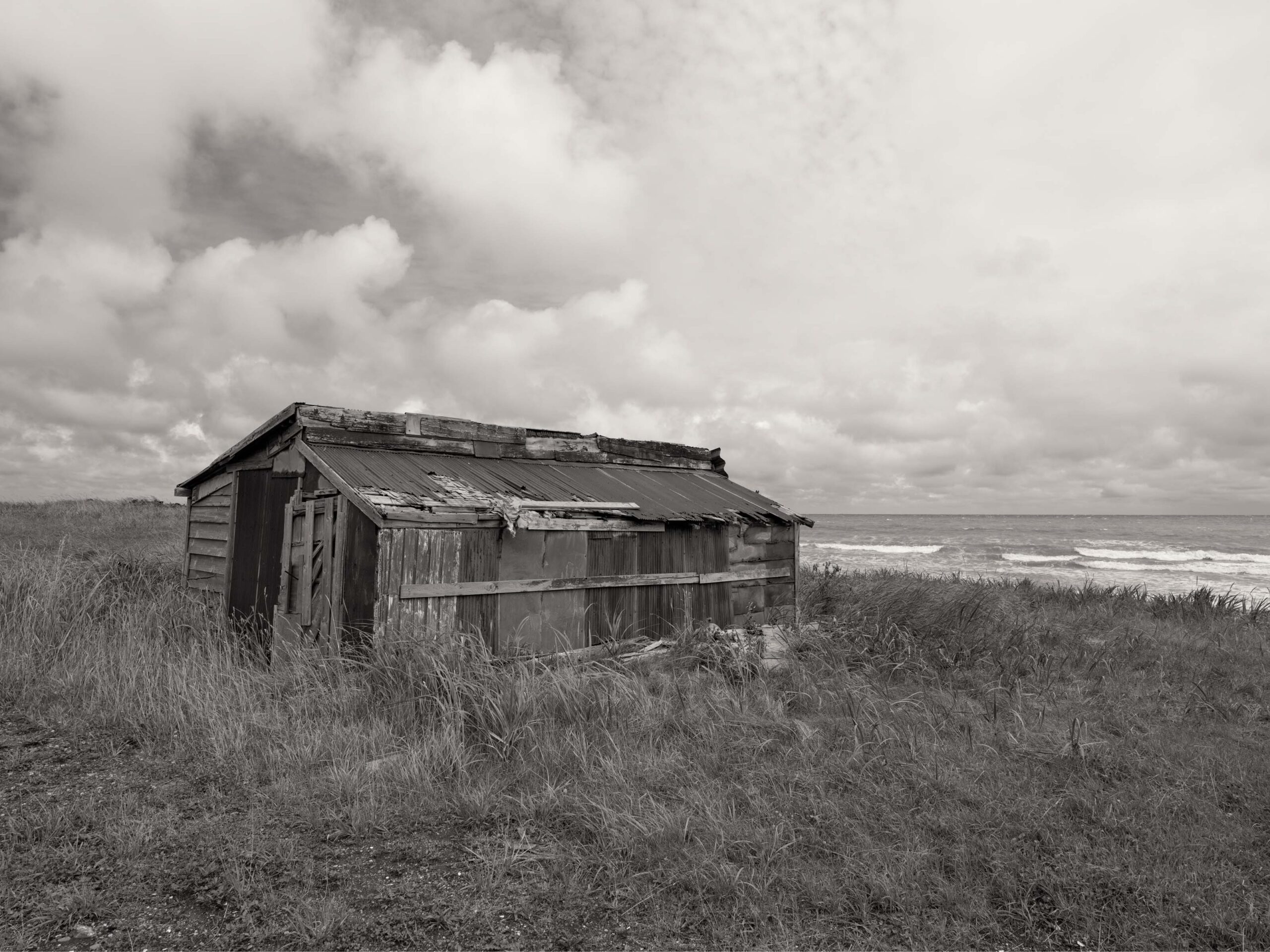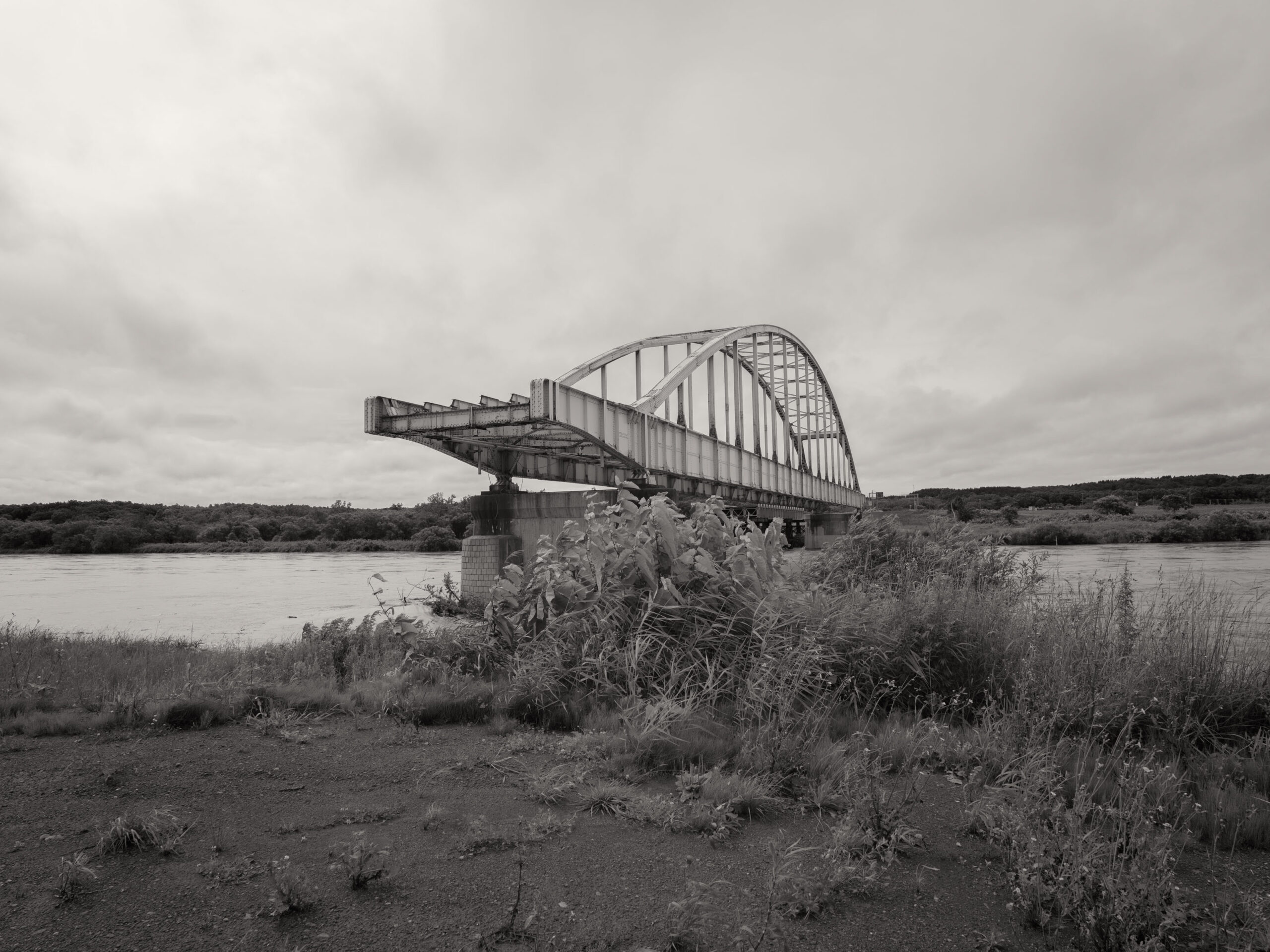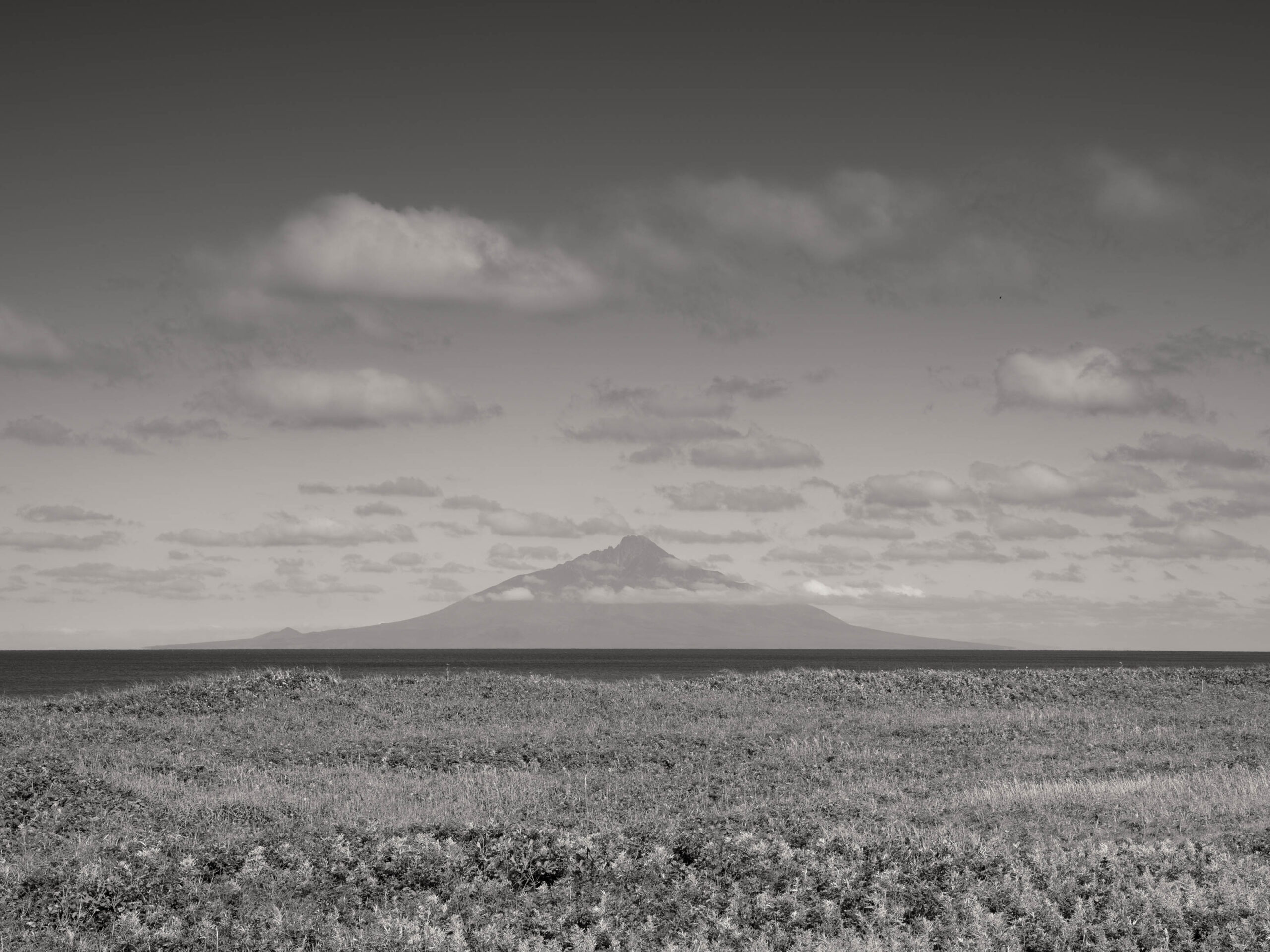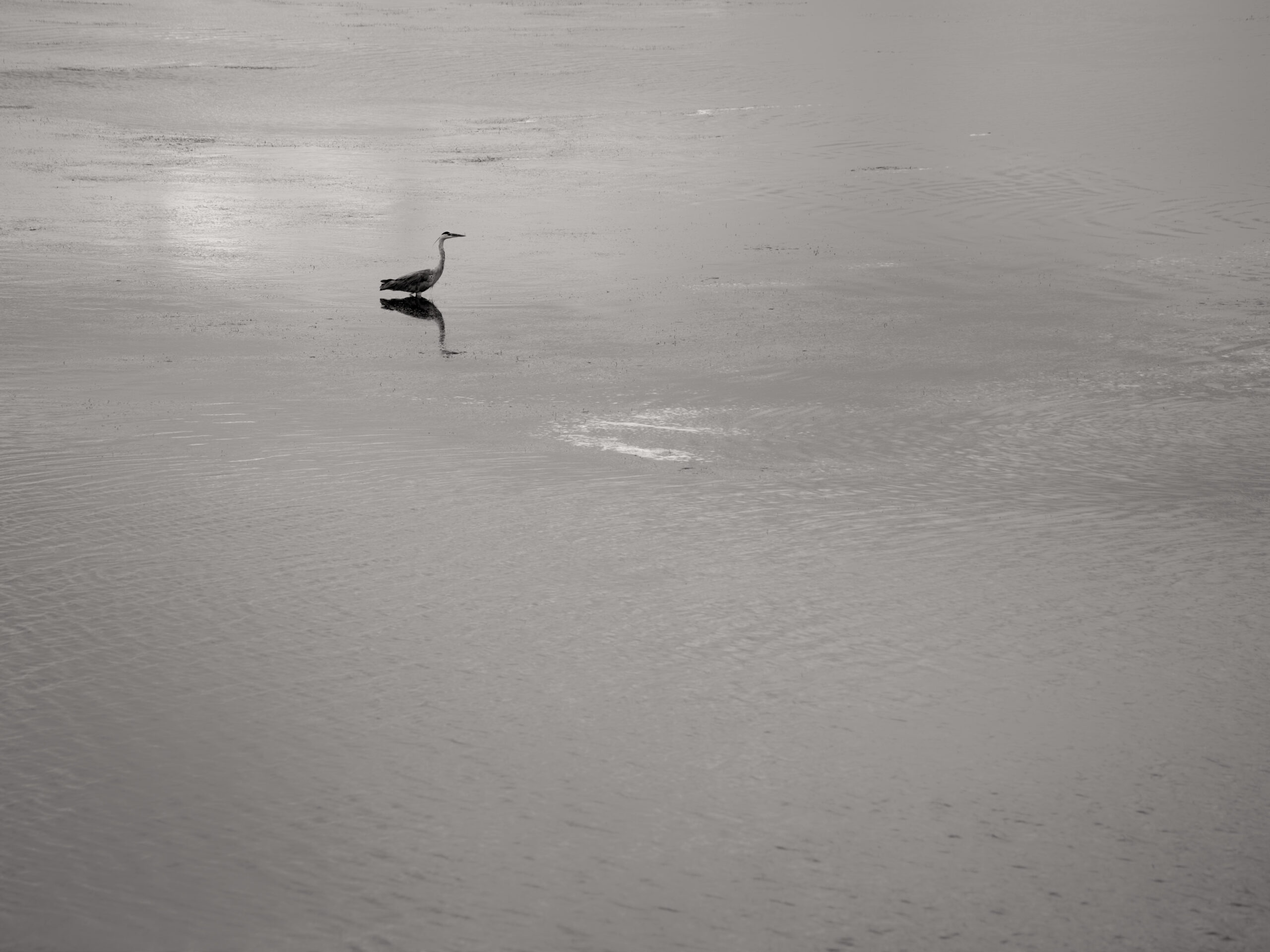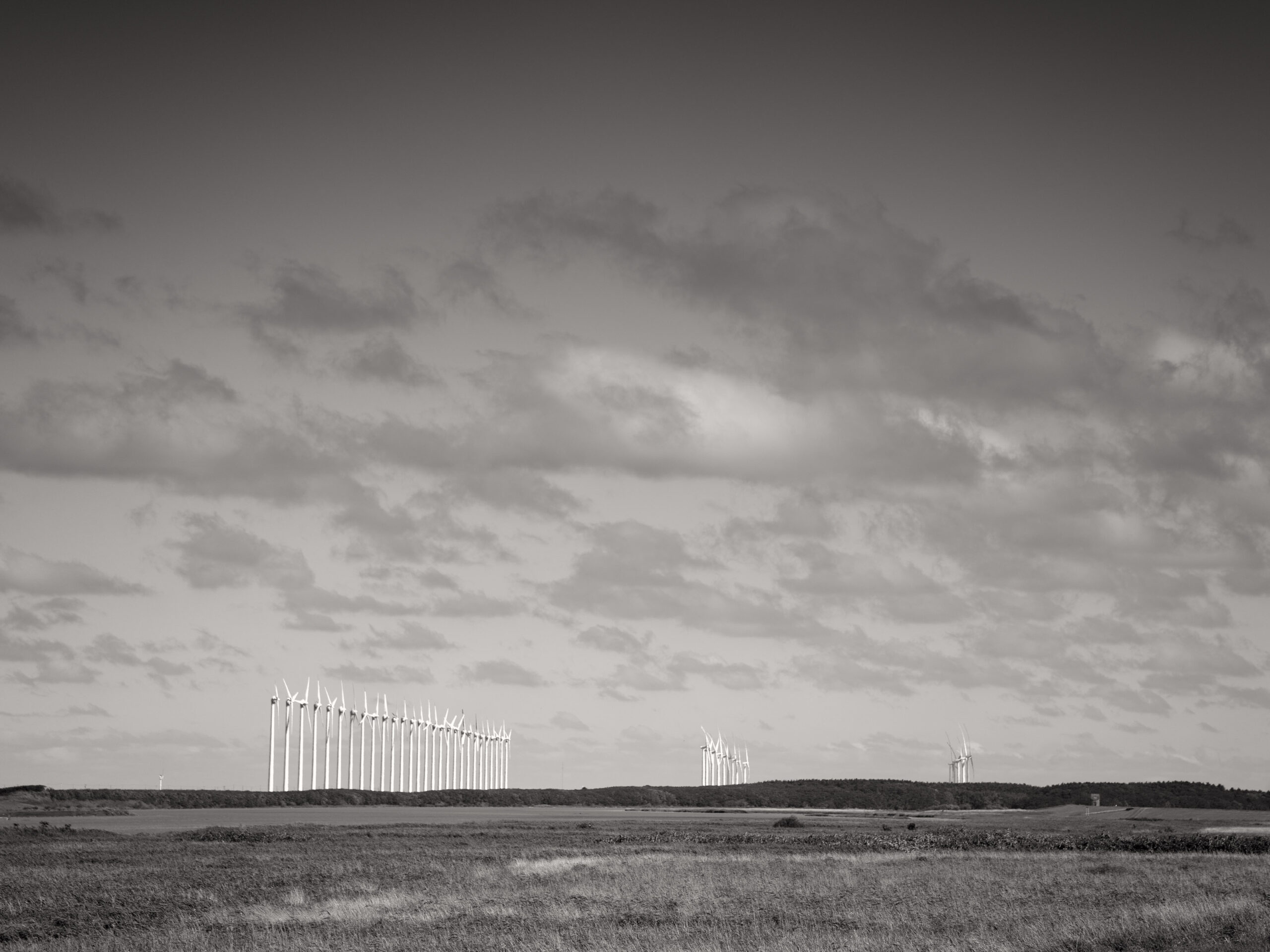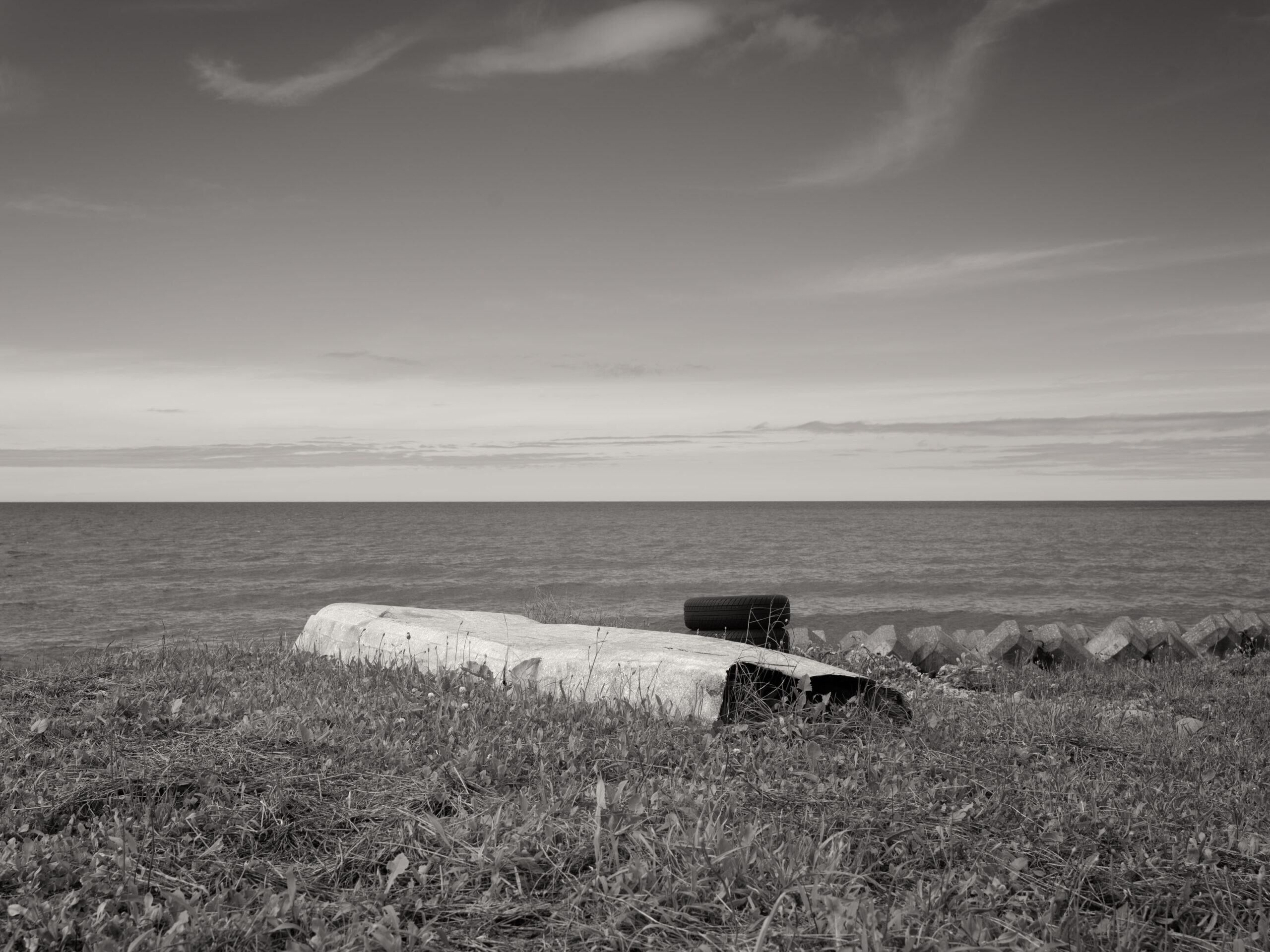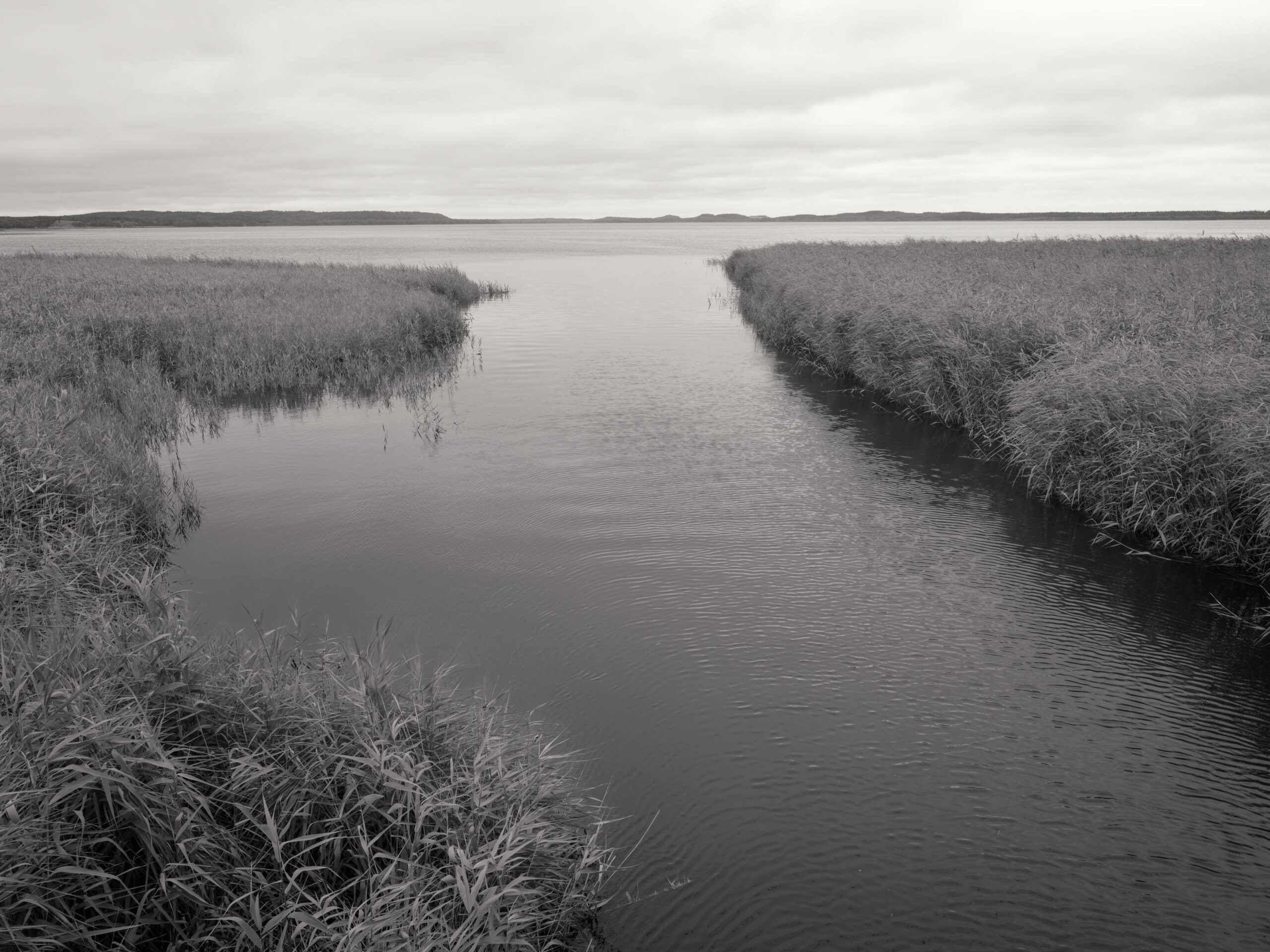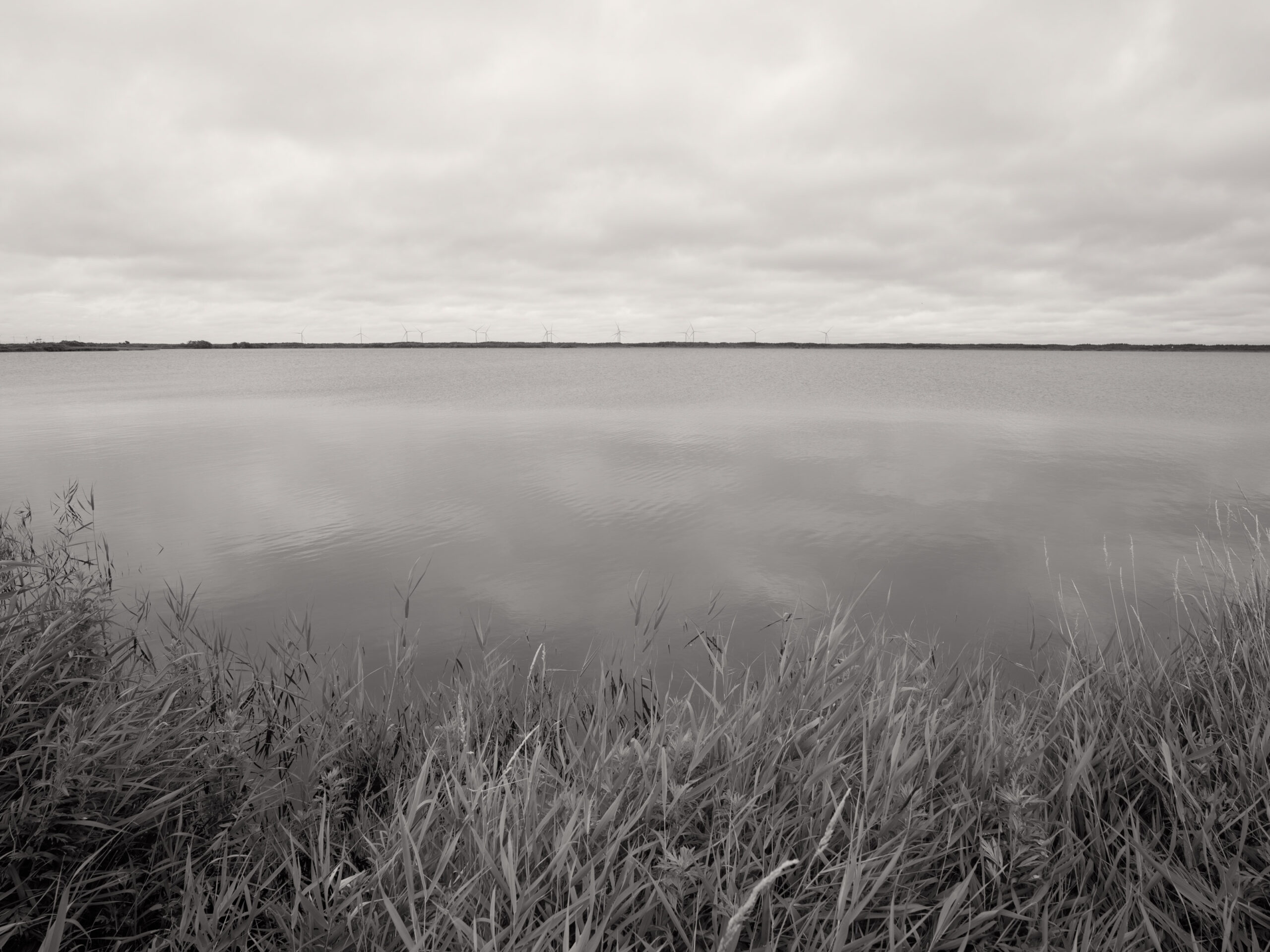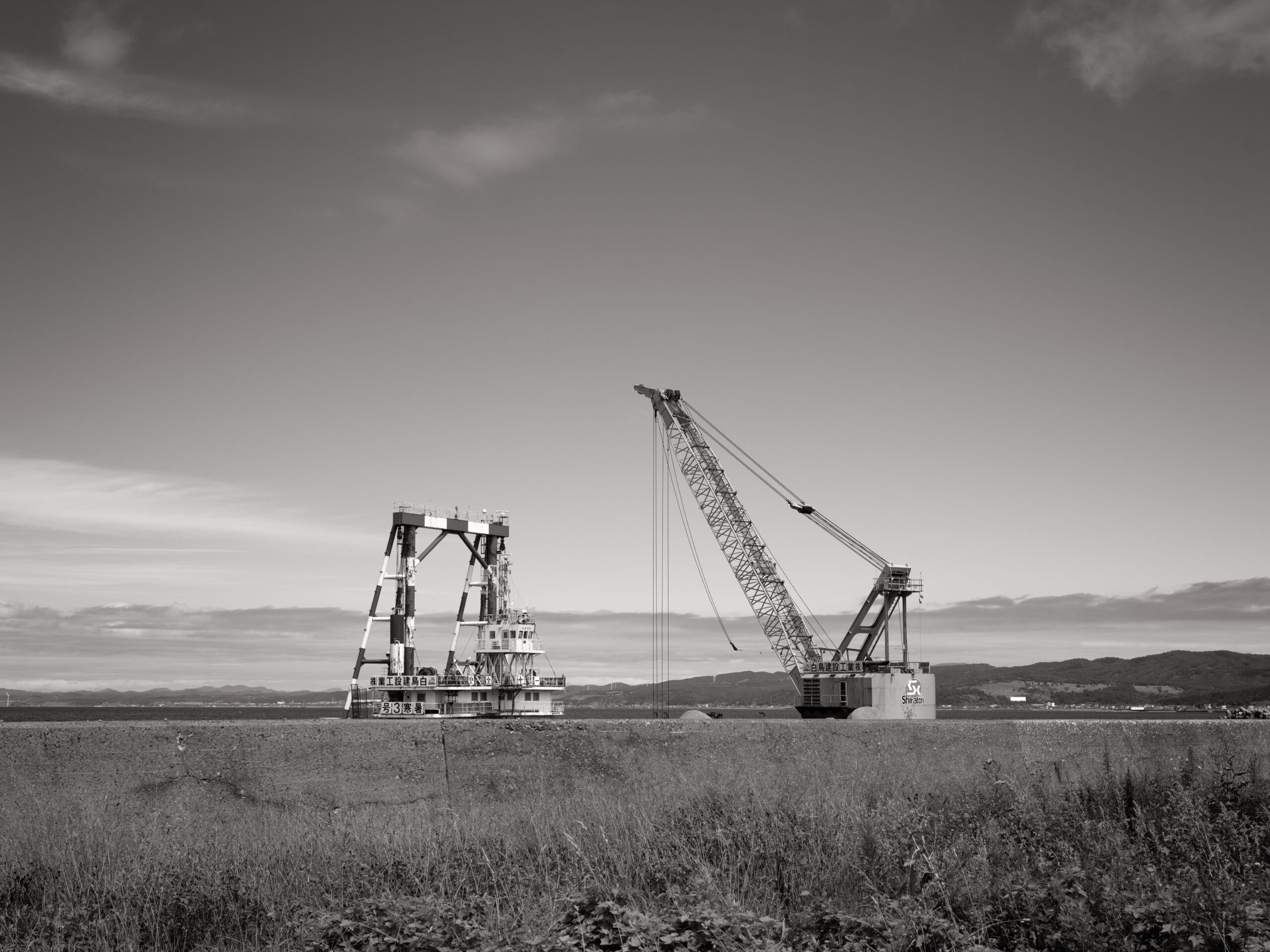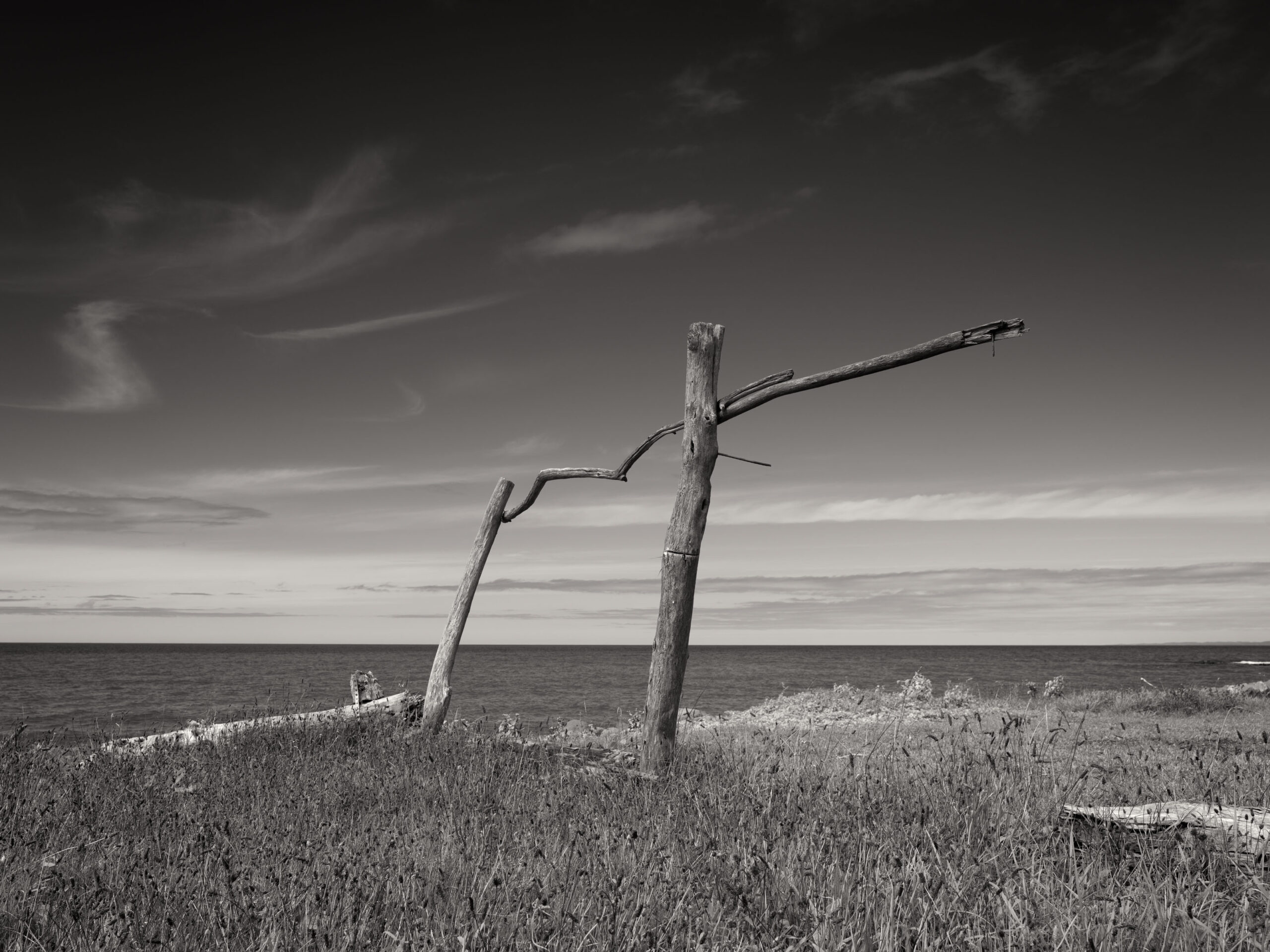ORORON
/ landscape
天売島は北海道北西部の日本海に浮かぶ離島で、羽幌(はぼろ)から30km西にある。この島は海鳥の島であり、ウトウ、ケイマフリなど何十万羽の鳥が子育てする島である。国内唯一のオロロン鳥の生息地である。
さて、おそらく100年前は留萌(るもい)、羽幌といったこの北海道北西部は日本において最も活気ある地域であったことに間違えはない。理由は石炭と鰊でありヤン衆、石炭荷役といった最も荒っぽい男が集まった場所である。鰊は1953年を最後に群は現れなくなり、最大の炭鉱である羽幌炭鉱は1970年に閉山した。その後この地域には次の稼ぎ頭は育っていない。
かつては鉄道が通っていたこの地域は、オロロンラインという一本の道で繋がれおり、ほとんど信号のない200キロに近い一本の道である。この道を車で走る度に鰊と石炭、そしてそれを支えた男たちを思わずにはいられない。 そのような男たちを思いつつ「今」を撮し止めてみた。
Teuri Island is a remote island in the Sea of Japan in northwestern Hokkaido, 30 km west of Haboro. The island is a seabird island, where hundreds of thousands of birds, including the ibis and keimafuri, raise their young. It is the only habitat of the Oloron bird in Japan. There is no doubt that 100 years ago, the northwestern part of Hokkaido, including Rumoi and Haboro, was probably the most vibrant region in Japan. The reason was coal and kipper, and it was the place where the roughest men, such as yanshu and coal handlers, gathered. The herring stopped appearing after 1953, and the Haboro Coal Mine, the largest coal mine in the area, closed in 1970. The Haboro Coal Mine, the largest coal mine in the area, closed in 1970. The area, which was once served by a railroad, is connected by a single road, the Oloron Line, a single road of nearly 200 kilometers with almost no traffic signals. Whenever I drive along this road, I cannot help but think of the kipper, the coal, and the men who supported it. Thinking of those men, I stopped to take a picture of "now".
